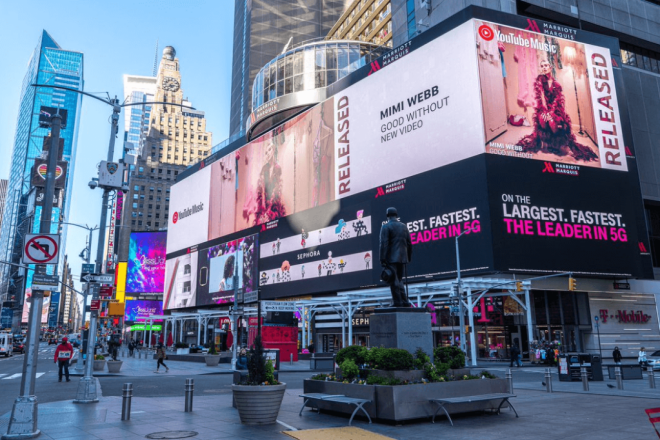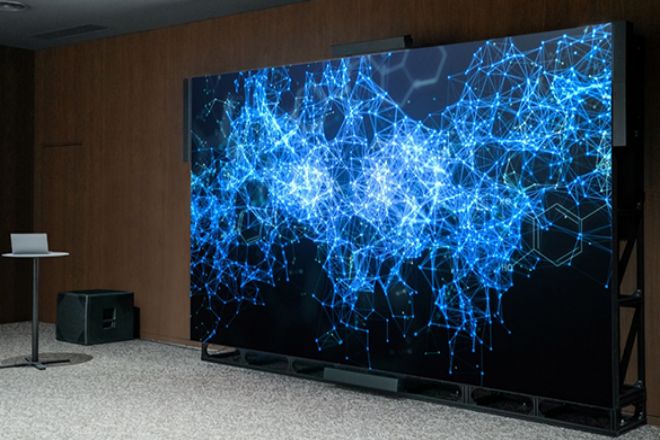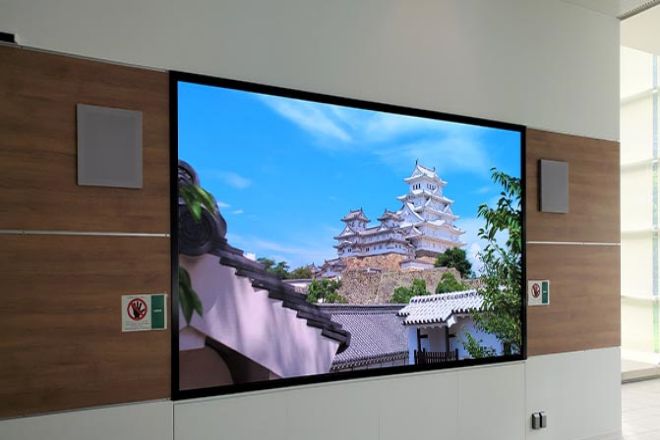Introduction

With the rapid development of technology, LED displays have become an indispensable part of our daily lives. From commercial billboards to home TVs to large screens in conference rooms, the application scenarios of LED displays are becoming more and more extensive.
However, for non-professionals, the technical terminology of LED displays may seem obscure. This article will explain and introduce these professional terms to help you better understand and apply LED displays.
1. Basic terminology
- Pixel:
A pixel is the smallest display unit on an LED display, which consists of three sub-pixels: red, green, and blue. The number of pixels determines the resolution of the display, that is, the clarity of the image. The higher the pixel density, the more delicate the display effect.
- Gray Scale:
Grayscale refers to the brightness level of the LED display from completely black to completely white. The higher the gray level, the richer the colors and details the display can display. Generally speaking, the grayscale of high-end LED displays can reach 16 bits or even higher.
Brightness refers to the luminous flux emitted by the LED display per square meter, and the unit is candelas per square meter (cd/m²). The higher the brightness, the better the display’s visibility outdoors or in bright environments. However, too high brightness may also cause visual fatigue and increased energy consumption.
- Contrast Ratio:
Contrast refers to the brightness ratio between the brightest and darkest parts of the LED display. High contrast produces more vivid and sharp images, making colors fuller and more vivid.
2. LED display technology and performance terminology

The refresh rate refers to the number of times the LED display screen updates the picture per second, and the unit is Hertz (Hz). A high refresh rate can make dynamic images smoother and reduce smear and blur. Generally speaking, the refresh rate of high-end LED displays can reach 1920Hz or even higher.
The viewing angle refers to the horizontal or vertical angle starting from the front of the LED display to when the brightness of the screen decreases to half. Wide viewing angle technology allows viewers to obtain better visual effects when viewing the display from different angles.
- Color Gamut:
The color range refers to the size of the color space that the LED display can present. Different color standards (such as sRGB, Adobe RGB, DCI-P3, etc.) correspond to different color ranges. Generally speaking, the wider the color range, the richer and more vivid the colors the display can display.
- Uniformity:
Uniformity refers to the consistency in brightness, color, etc., between various areas on the LED display. Improving uniformity helps improve the overall visual impact and viewing experience. Commonly used technical measures include point-by-point correction, backlight uniformity design, etc.
- Reliability:
Reliability refers to the ability of an LED display to maintain normal operation during long-term use. Methods to improve reliability include using high-quality LED chips and driver circuits, optimizing heat dissipation design, etc.
3. LED display application and installation terminology

- Point spacing:
Dot pitch refers to the distance between two adjacent pixels on the LED display. The smaller the dot pitch, the higher the resolution of the display, but the manufacturing cost also increases accordingly. The choice of point spacing needs to be weighed based on specific application scenarios and budget.
- Splicing:
Splicing refers to combining multiple LED display modules together to form a larger display screen. Splicing technology can achieve two effects: seamless splicing and micro-seam splicing. Seamless splicing of the display screen is more continuous and unified in visual effect, but the cost is higher; micro-seam splicing reduces the cost to a certain extent, but the visual effect is slightly lost.
- Calibration:
Calibration refers to adjusting and optimizing the color, brightness, etc., of the LED display to ensure that its display effect meets the expected standards. The calibration process usually includes steps such as color correction, brightness adjustment, and uniformity adjustment. Commonly used calibration tools include color analyzers, light meters, etc.
- Control System:
The control system refers to the general name of the equipment that performs signal processing and image display on the LED display screen. It includes sending cards, receiving cards, image processing software, and other parts. According to different data transmission methods, control systems can be divided into two types:
Synchronous control systems and asynchronous control systems. The synchronous control system needs to transmit image data in real-time and is suitable for occasions with high real-time requirements; the asynchronous control system can first store the image data inside the display screen and then play it according to the set time, which is suitable for situations with low real-time requirements. Occasion.
- Installation Method:
LED display installation methods include wall-mounted installation, ceiling installation, embedded installation, and others. Wall-mounted installation is suitable for fixed structures such as walls or columns.
Hoisting is suitable for display installations on ceilings or high altitudes; embedded installation allows the display to be embedded into objects such as walls or counters to achieve seamless integration with the surroundings. Integration of environment. Different installation methods need to be selected according to specific application scenarios and installation conditions.
Conclusion
Through the introduction of this article, I believe you have a simple understanding of the professional terminology of LED displays. These terms not only help to better understand the working principle and performance indicators of LED displays but also help to make more informed choices and decisions in practical applications.
If you want to know more technical terminology, please click here.
BIBILED is a professional LED display export company with a factory. If you want to know more about LED displays, please get in touch with us!
